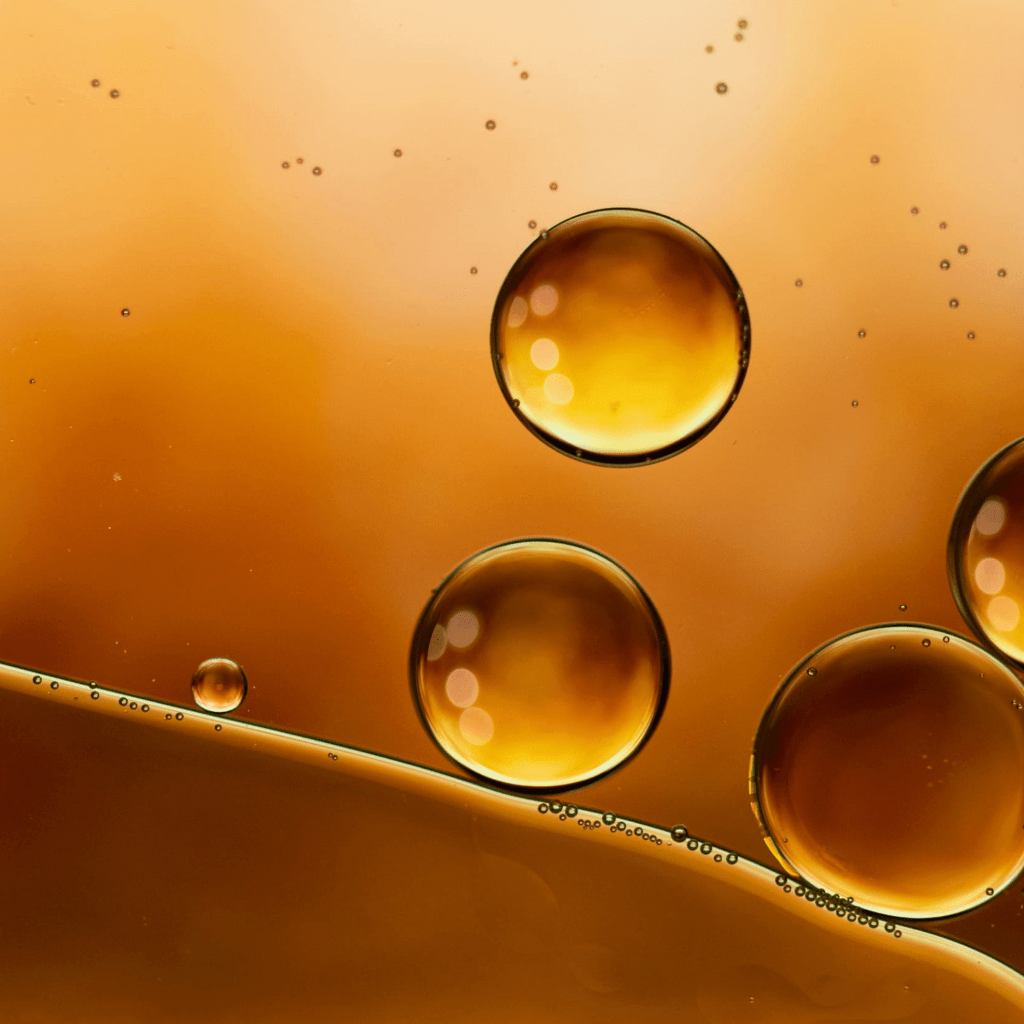Common Misconceptions About Oleophobic Membranes

What is an oleophobic membrane?
Etymologically, the word oleophobic translates as “fears oil”. An oleophobic membrane is a membrane that resists capillary flow wetting by, and consequently repels, oils and other low surface tension fluids. Oleophobicity is typically achieved by using proprietary chemical treatments to develop a permanent coating on the membrane surfaces that is essentially less attractive to oil molecules than they are to themselves. Resistance to solvent wetting by oleophobic membranes is typically characterized using AATCC Test Method 118.
Are oleophobic membranes also hydrophobic?
Yes, oleophobic membranes are necessarily hydrophobic. It is a common misconception that oleophobic membranes are hydrophilic, but this is simply not true. In fact, they are sometimes described as “super hydrophobic”. Revisiting basic chemistry, oils are non-polar and their molecules are held together only by London dispersion forces, which are much weaker than the hydrogen bonding forces between polar water molecules. [1] This weak cohesion gives oils very low surface tension and a propensity for low surface contact angles. On the other hand, hydrogen bonding between water molecules results in high cohesion and high surface tension. If a membrane cannot be capillary flow wetted by low surface tension oil, then there is certainly no chance that it can be capillary flow wetted by water.
Are hydrophilic membranes also oleophilic?
Yes, hydrophilic membranes are necessarily oleophilic. If a dry membrane attracts and holds onto water despite its strong cohesive forces, then that same dry membrane will most certainly also attract oil with its comparatively much lower cohesive forces. However, water and oil do not mix. So, an oil wetted hydrophilic membrane may not exhibit capillary flow wetting with water; and, similarly, a water wetted hydrophilic membrane may not exhibit capillary flow wetting with oil.
Can hydrophilic membranes separate oil from water?
No, hydrophilic membranes will not repel oil. As we just learned previously, dry hydrophilic membranes typically attract oil even better than they attract water. While water wetted hydrophilic membranes will not exhibit capillary flow with oil, oil flow will occur through water wetted membranes at very modest differential pressures.
Can hydrophobic membranes separate water from oil?
No, hydrophobic membranes cannot separate water from oil. It is important to understand that hydrophobic membranes only repel water when they are dry. While oil wetted hydrophobic membranes will not exhibit capillary flow wetting with water, water flow will occur through oil wetted membranes at very modest differential pressures.
Do you offer any oleophobic membrane filters?
We offer a 0.45 micron Olephobic membrane on our website, but we do offer a wide variety of oleophobic treated laminated PTFE membrane filters as described in the following table. They are ideally suited for air, gas and vent filtration applications that require reliable repellency of water, oils, and solvents. PTFE membranes have excellent chemical and thermal resistance while the laminated support layer provides greatly improved tensile strength and handleability.
|
Pore Size Rating |
Product Code |
Support Layer |
Thickness mil (µm) |
Air Permeability cfm/ft²@125Pa (Lpm/cm²·bar) |
Water Entry Pressure psi (bar) |
AATCC Oil Repellency Grade (Membrane Side) |
|
0.1µm |
QP961 |
Nonwoven Polyester |
3-7 (76-178) |
0.01-0.15 (0.24-3.66) |
>70 (4.83) |
6 |
|
0.2µm |
QP944C |
Nonwoven Polyester |
3-7 (76-178) |
0.09-0.50 (2.19-12.19) |
NA |
7 |
|
QP968X |
Nonwoven Black Polyester |
4-8 (102-203) |
0.10-0.35 (2.44-8.53) |
≥21.75 (1.50) |
7 |
|
|
0.45µm |
QBV657D |
Woven Yellow Polyamide |
2-7 (51-178) |
0.20-0.90 (4.88-21.95) |
>14.5 (1.00) |
6 |
|
QBV658D |
Woven Black Polyamide |
2-7 (51-178) |
0.20-0.90 (4.88-21.95) |
>14.5 (1.00) |
6 |
|
|
QL827 |
Nonwoven Polypropylene |
4-8 (102-203) |
0.30-0.65 (7.32-15.85) |
>12 (0.83) |
NA |
|
|
QP910 |
Nonwoven Polyester |
3-8 (76-203) |
0.20-0.45 (4.88-10.97) |
>14.5 (1.00) |
6 |
|
|
QP943 |
Nonwoven Black Polyester |
4-7 (102-178) |
0.15-0.45 (3.66-10.97) |
>14.5 (1.00) |
6 |
|
|
QP965 |
Nonwoven Polyester |
4-7 (102-178) |
0.20-0.80 (4.88-19.51) |
>14.5 (1.00) |
6 |
|
|
1.0µm |
QL210 |
Nonwoven Polypropylene |
6-10 (152-254) |
0.20-0.60 (4.88-14.63) |
>14.5 (1.00) |
6 |
|
3.0 µm |
QP950C |
Nonwoven Polyester |
6-15 (152-381) |
3.0-5.0 (73.15-121.92) |
>4.5 (0.31) |
NA |
|
0.2µm |
SC3028 |
Nonwoven Polypropylene |
4-8 (102-203) |
0.10-0.20 (2.44-4.88) |
>90 (6.21) |
8 |
|
SC4028 |
Nonwoven Polyester |
4-8 (102-203) |
0.10-0.20 (2.44-4.88) |
>90 (6.21) |
8 |
|
|
0.45µm |
SC3048 |
Nonwoven Polypropylene |
4-10 (102-254) |
0.20-0.40 (4.88-9.75) |
>60 (4.14) |
8 |
|
SC4048 |
Nonwoven Polyester |
5-10 (112-254) |
0.20-0.40 (4.88-9.75) |
>60 (4.14) |
8 |
|
|
0.9µm |
SC3098 |
Nonwoven Polypropylene |
4-10 (102-254) |
0.50-1.00 (12.19-24.38) |
>30 (2.07) |
8 |
|
SC4098 |
Nonwoven Polyester |
5-10 (112-254) |
0.50-1.00 (12.19-24.38) |
>30 (2.07) |
8 |
|
|
1.5µm |
SC3158 |
Nonwoven Polypropylene |
4-10 (102-254) |
0.90-2.50 (21.95-60.96) |
>8 (0.55) |
8 |
|
SC4158 |
Nonwoven Polyester |
5-10 (112-254) |
0.90-2.50 (21.95-60.96) |
>8 (0.55) |
8 |
We plan to further explore these membrane concepts of hydrophilic, hydrophobic, oleophilic, and oleophobic in future articles. Until then, feel free to review our previous article, What Does It Mean For a Membrane Filter To Be Hydrophilic or Hydrophobic?
References
- Most Viewed Blog Articles (5)
- Company News (285)
- Emerging Technologies (64)
- Microbiology and Life Science News (93)
- Water and Fluid Separation News (97)
- Filtration Resources (93)
- Product News (19)


![Join Sterlitech at BIO 2024 [Booth #5558]: Exploring the Future of Biotechnology](https://www.sterlitech.com/media/blog/cache/300x200/magefan_blog/b4.jpeg)



